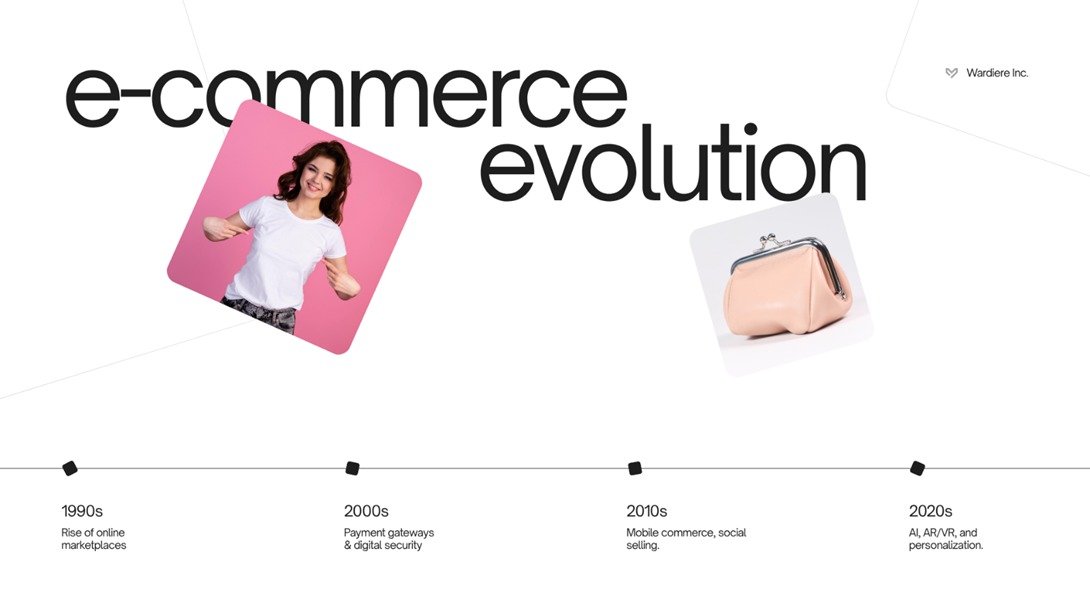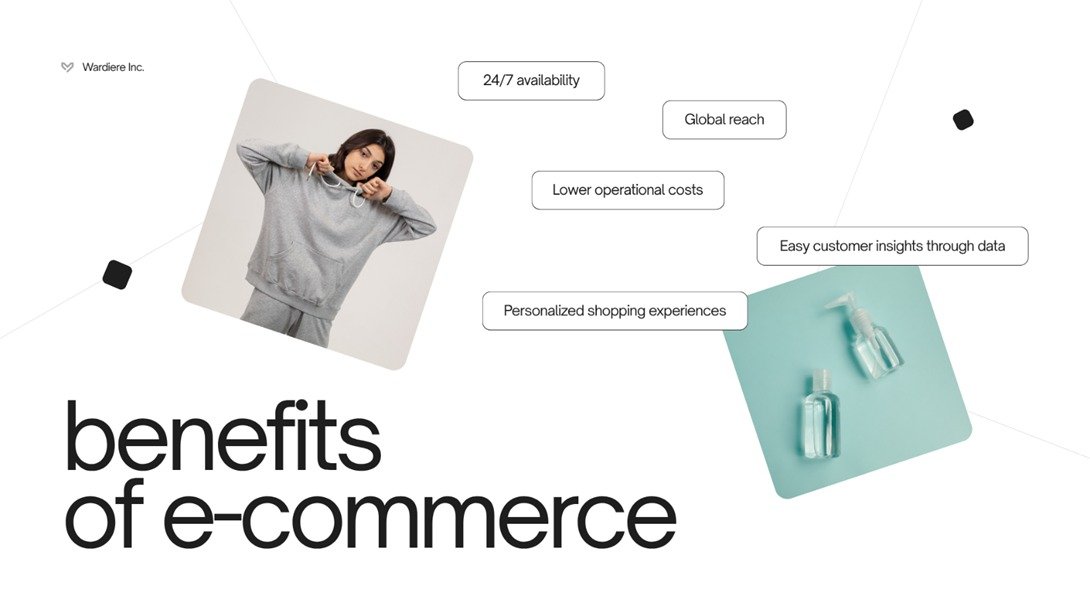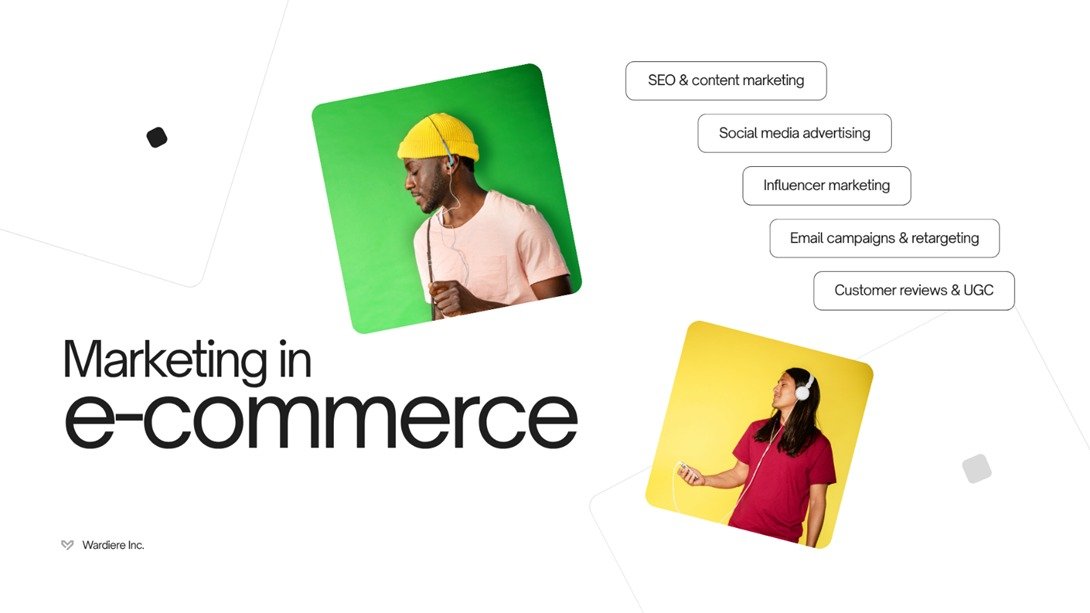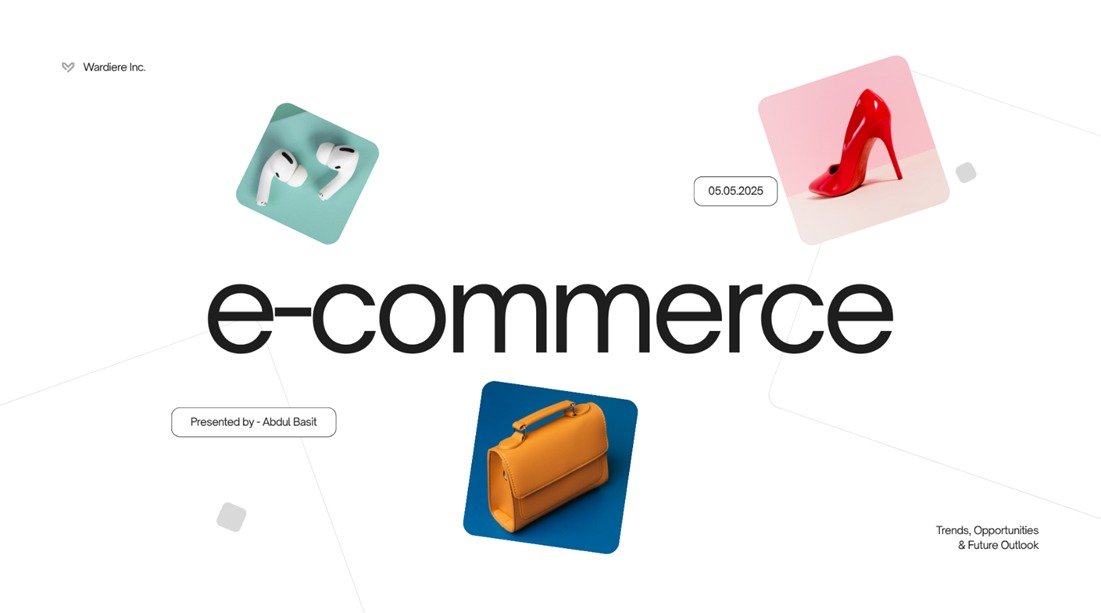Describe e-commerce.
Meta Description:
E-commerce lets you buy and sell products or services online with ease. From small startups to global brands, it helps businesses reach wider audiences, reduce costs, and grow sales through digital platforms.
The introduction
E-commerce, or electronic commerce, is revolutionizing the way we buy and sell in today’s digital world. It simply means conducting business or shopping online without having to leave your house.
“For example, if you’ve ever ordered food, clothes, or electronics using your computer or phone, then you’ve probably experienced e-commerce. In fact, this simple act shows how common online shopping has become in daily life.” This highlights just how common and convenient online shopping has become in everyday life.
The Table of Contents
- Describe e-commerce.
- How Does E-Commerce Operate?
- E-commerce Types
- So, why is e-commerce so popular today?
- How to Launch an E-Commerce Company.
- Benefits of E-Commerce for Businesses.
- Final Thoughts.
- FAQs.
- Pros and Cons of E-Commerce.
- Five Tips for E-Commerce Success.
- Launch Your Online Business.
- Useful Resources

First, what is e-commerce?
E-commerce refers to the use of the internet to purchase or sell goods and services. It encompasses social media shops as well as apps and internet retailers.
________________________________________
- How Does Online Shopping Operate?
E-commerce usually operates as follows:
- A company develops an app or website.
- Clients come in, look around, and put things in their carts.
- They pay online.
- The product is delivered to the customer’s home by the store.
________________________________________
E-commerce Types
Example of Type
| B2C (Business to Customer) | Buying shoes from DARAZ or Amazon |
| B2B (Business to Business) | Software company selling to a firm |
| C2C (Customer to Customer) | Selling your old phone on OLX |
| C2B (Customer to Business) | A freelancer designing logos for a brand
|
What Makes E-Commerce So Well-Liked?
Time savings; home delivery; shopping from anywhere at any time; a variety of payment methods; better offers and discounts; and an international marketplace for vendors

- How to Launch an Online Store
It’s easier than ever to launch an online store. The basic steps are as follows:
- Select a product or market that you are passionate about.
- Examine the competition and market.
- Select a platform (DARAZ, WooCommerce, Shopify)
- Launch your online store
- Include goods with lucid images and descriptions.
- Arrange for shipping and payment
- Use social media to launch and advertise your company.
Begin modestly and expand gradually. Continue to learn.
- What Are the Benefits and Drawbacks?
Advantages:
Open around the clock, inexpensive to start, able to reach clients worldwide, scalable, and not requiring a physical store.
Cons include:
Rising competition in the market.
Delivery schedules are facing frequent delays.
Building trust remains a challenge for new brands.
. Setting up technology can be challenging.
Tip: To solve most issues, concentrate on service and trust.

- Success Tips: Recognize your audience and address their issues. Utilize social proof, such as reviews and testimonials. Provide first-rate assistance, including prompt and amiable service. Since most customers use phones, ensure your site is mobile-friendly. Utilize social media, email, and SEO to promote your content strategically. Patience and persistent work are necessary for success.
Start Your Own Internet Company
When your store is prepared:
Test the checkout process; advertise on Facebook, Instagram, and TikTok; offer early adopters discounts; solicit reviews; and use analytics to determine what works.

- Launch Your Online Business• When your store is ready, • Test the checkout process; • Promote and run ads on Google, Facebook, and other platforms; • Promote on Facebook, Instagram, and TikTok; • Offer early buyers discounts; • Ask for reviews; • Use analytics tools to track what works; • Celebrate small victories. Every purchase matters!
- Beneficial Sources
Google Digital Garage offers free business and marketing tools; Shopify Learn offers free e-commerce courses.
Canva for social media posts and product designs; Mailchimp for email marketing; and [ChatGPT] for assistance with business plan or product description writing!
- Amazon

- E-commerce’s advantages for businesses include low startup costs.
Reach thousands of consumers; sell around the clock; monitor consumer behavior; and swiftly launch products.
Common Questions
First of all, what is e-commerce?
E-commerce refers to the online purchase and sale of goods and services. It consists of social media stores, apps, and websites.
________________________________________
Q2: How does online shopping operate?
This is how it operates: Products are listed online, browsed by customers, ordered, paid for online, and delivered to their homes.
________________________________________
Q3: What kinds of e-commerce are there?
B2C stands for business to consumer (like DARAZ); B2B for business to business (like Alibaba); C2C for customer to customer (like OLX); and C2B for customer to business (like Fiverr).
________________________________________
Q4: Is online shopping cost-free?
Starting e-commerce can be free but expanding it can’t be.
With free platforms like Instagram, WhatsApp Business, and Facebook Marketplace, you can start your journey for free. Tools such as print-on-demand or drop shipping let you sell without buying stock or renting a shop.
However, as your company expands, so do your requirements: a unique website, premium apps, marketing tools, and occasionally platform fees (such as commissions from Shopify or DARAZ).
Therefore, even though e-commerce eliminates the high expenses of traditional business, success still takes time, strategic effort, and modest investments.
_
Q5: What advantages does e-commerce offer?
- Shop around-the-clock
- Reduced startup costs for sellers.
- More options.
- Easy price comparisons.
- Time savings.
- Home delivery
________________________________________
Q6: What drawbacks does e-commerce have?
- No physical try-before-you-buy
- Delayed delivery
- Product scams if not careful
- Needs access to the internet
Q7: Does selling online require a website?
Not all the time. Selling on websites like DARAZ, Amazon, Facebook Marketplace, or WhatsApp Business is a good place to start.
________________________________________
Q8: How can I launch an online store?
Select a product, conduct market research, open a store or use an online platform, add products, take payments, and then promote.
________________________________________
Q9: Which platform is ideal for novices?
For novices, Shopify, WooCommerce, Wix, and online marketplaces like DARAZ or Etsy are excellent options.
________________________________________
Q10: Is it possible to launch an online business without any funds?
Indeed. Drop shipping, print-on-demand, and social selling are good places to start because they don’t require inventory.

Final Thoughts
E-commerce is not just a trend—it’s the future of shopping. Whether you’re a buyer or seller, it brings speed, convenience, and endless opportunities. If you haven’t tried it yet, now’s the time.
E-commerce is more than just online shopping—it’s a way to build freedom, income, and impact. If you’ve got a product, a story, or a dream—e-commerce is your chance to shine.
Start small. Stay focused. Keep growing.
You should go to it if you want to expand your business online.

